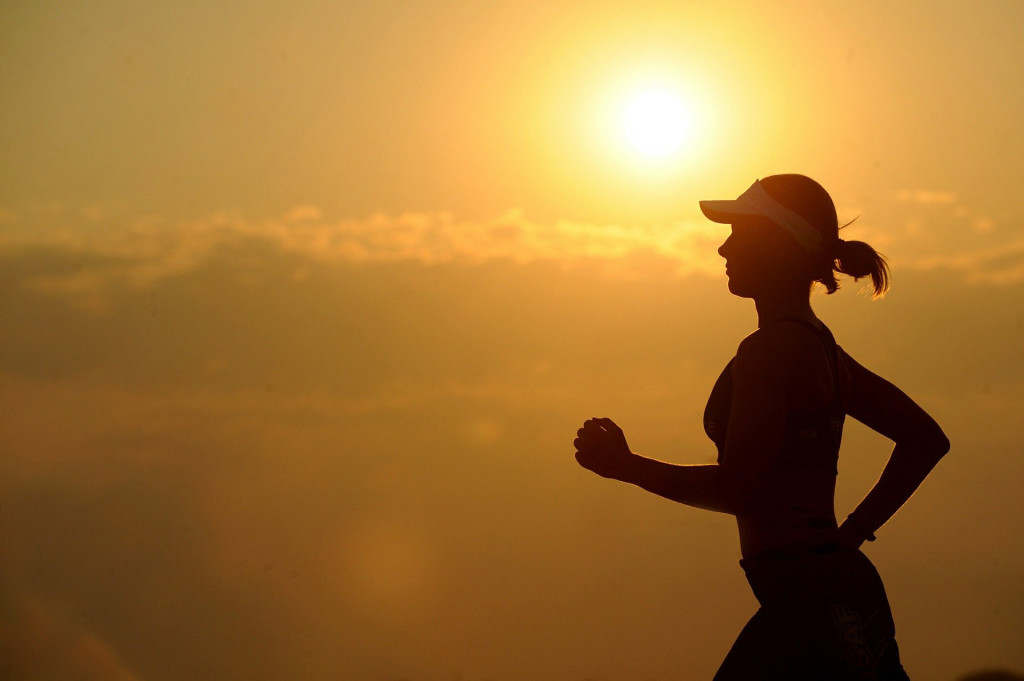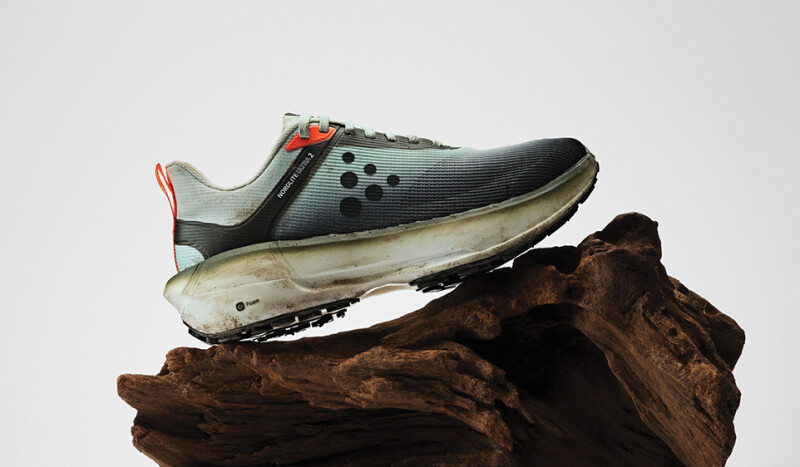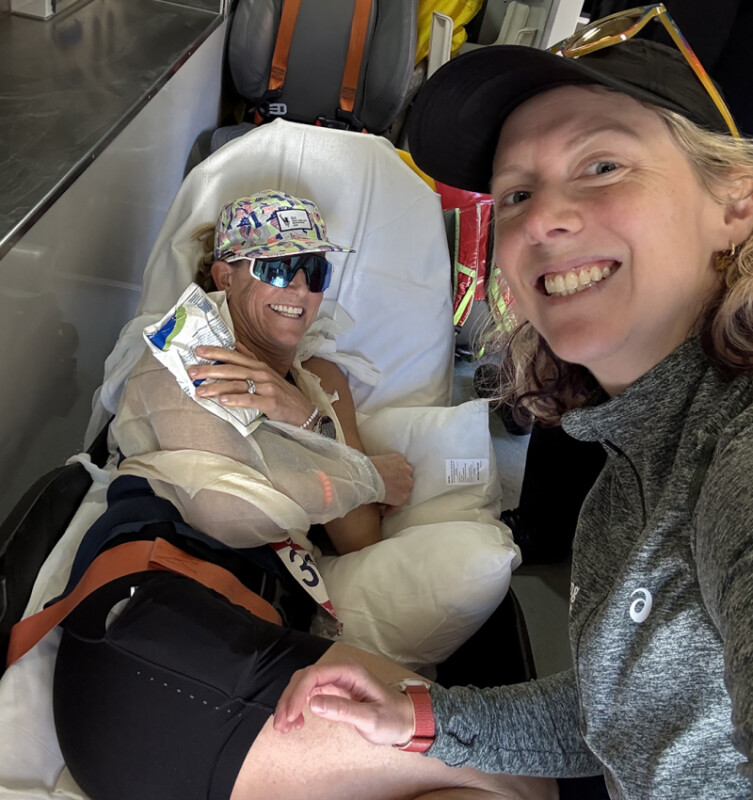More people than ever are going the distance.
According to “The State of Ultra Running 2020,” an exhaustive report from the data-savvy crew at RunRepeat.com in collaboration with the International Association of Ultrarunners (IAU), participation in ultra-running events – defined as any distance runs longer than the 26.2-mile marathon – has increased 345 percent in the last decade alone, sprouting from 137,234 in 2009 to 611,098 in 2018.
While participation in 5Ks and marathons has largely leveled off, if not declined in recent years, ultra-running has continued to surge. The growth rate of ultra-running participation, in fact, has surpassed that of marathons since 2009 and that of 5Ks since 2015.
“This suggests that the most dedicated runners are looking for bigger and bigger challenges as running becomes more and more popular and marathon running is considered more mainstream than extreme,” the study’s authors, Paul Ronto and Vania Nikolova, note.
Analyzing more than five million race results from 15,451 ultra-running events around the world, the largest data set of ultra-distance races ever compiled, the study investigated trends from 1996-2018. Some of the report’s noteworthy findings:
- Ultra-running is growing in the U.S. yet remains a fringe activity, but it is gaining undeniable traction in the U.S. In fact, 12.1 percent of ultra-running participants hail from the U.S. (Only France, at 12.4 percent, claims more participants.) And yet, only .03 percent of the U.S. population participates in ultra events.
- Ultra events skew older. The average age of ultra-runners is 42.5. That’s more than two years older than the average age of those participating in marathons and 5Ks. Over the last decade, however, the average age of ultra-runners has dropped by nearly two years as younger participants tackle races beyond the marathon distance.
- Women are embracing ultra-running. In 1996, just 14 percent of ultra-running participants were female. Today, women represent nearly one-quarter of ultra participants.
- The longer the distance, the smaller the gender gap. In 5Ks, men run a pace that is, on average, 17.9 percent faster than women. In a 100-mile event, however, that gap shrinks to a nearly indiscernible 0.25 percent. At distances over 195 miles, meanwhile, the average female pace (17:19 min/mile) surpasses that of males (17:25 min/mile).
- Ultra-running’s growth hasn’t produced quicker times. According to the study, ultra-runners have never been slower across distance, gender and age group. In 1996, the average pace per mile was 11:35. In 2018, the average per-mile pace sat at 13:16, a 15 percent decline from 1996. “We don’t believe that individual runners have become slower, but that these distances are attracting less prepared runners now because the sport is more mainstream,” the authors surmise.
- Ultra-runners will hike it to an event. More than 10 percent of people travel abroad to run an ultra-distance event. By contrast, only 0.2 percent travel abroad to run a 5K, perhaps more a matter of time and place – someone popping into a 5K because they’re visiting a foreign country – than any intentional travel to compete in a specific 5K race.
- The longer the race, the faster the pace. Though it seems counterintuitive, the data shows that runners in the longer distances carry a faster pace than those in the shorter distances. This holds true for each age group and both genders. In the male 40-49 age group, for instance, men run under 13 minutes per mile in 100-mile events. That’s roughly 30 seconds per mile faster than those competing in 100K and 50-mile events and nearly a full minute faster than those participating in 50Ks. “These trends are peculiar,” the authors note. “In the standard distances (up to a marathon) we don’t see anything like this.”







